Good news! The road to weight control is attainable. The bad news is that there are no shortcuts to your destination. The journey is the key, and while en route, take steps to ensure it is fat being lost rather than muscle.
Are Weight Loss And Fat Loss The Same Thing?
In a perfect world, your weight loss would be pure fat. However, the reality is somewhat different. When trying to lose weight, lean muscle tissue is at risk of being lost along with fat.
Our bodies are composed of four compartments: Water, bone, fat and lean body mass. The goal of managing weight is to lower excess body fat and build lean body mass. Muscle tissue burns a great amount of energy.
It is worth noting that BMI (body mass index) measures body weight, not body fat. For example, an athlete may display a high BMI, attributable to lean muscle mass, not excess weight. Health professionals can offer a variety of tools to accurately measure body fat.
Eat Enough Protein
We commonly refer to exercises such as walking, running or swimming as aerobics. By definition, aerobic activity elevates the efficiency of the body to take in oxygen. In that case, the body draws from carbohydrates as its main source of energy. In contrast, when performing anaerobic activities such as lifting weights, rather than increase cardiovascular efficiency, you are exciting the muscle tissue. Building and repairing tissue is the main job of protein. Therefore, as an energy source, protein is vital to the strength of your body structure. The USDA site lists protein sources and common portion sizes.
Maintain Strength Levels
When you first begin strength training, start out with lighter weights and then progress to heavier weights as you get stronger. This is what progressive weight resistance is all about. To maintain the strength gained, continue lifting at the heavier weight.
Note that when we age, a slow, progressive loss of skeletal muscle mass occurs, replaced mostly by fibrous connective tissue and adipose tissue, which is essentially fat storage between the organs for support, protection, and insulation. This decline is partially due to decreased activity levels. When we lose muscle mass, there is a corresponding decrease in maximal strength, reflexes, and flexibility. In addition to aging, this sometimes occurs with atrophy. So maintaining strength levels throughout life is critical.
Reduce Weight Training Volume and/or Frequency
Pay attention to your body during the period of reduced food intake. Remember that a calorie is a measure of heat. The energy necessary to do work is measured as the amount of heat produced by the body’s work. So fewer calories mean less energy. This means your body may be challenged to recover properly from your weight lifting routine. When this happens, it is a signal that your workout regimen needs to be adjusted by temporarily reducing the amount and/or frequency of weight training to maintain muscle while losing fat.
Get Pre- and Post-workout Nutrition Right
Note that protein, as well as fat, slows the rate of emptying the stomach; therefore, it is not advisable to eat high quantities of protein right before a workout or a competitive sport. Following a rigorous workout, muscle recovery is optimal, so the best time to eat high-protein food is after strenuous exercise.
Don’t Reduce Calories By TOO Much
Fasting is a drastic approach to weight loss, which may result in serious health consequences over the long-term such as acidosis, low blood pressure, electrolyte loss, tissue protein loss and decreased basal metabolic rate (BMR).
The body’s total energy requirements are determined by the resting energy expenditure (energy needed by the body to maintain life at rest over a 24-hour period), physical activity (exercise at work or play) and the thermic effect of food (stimulating effect that food has on metabolism). After eating, the body stimulates metabolism, requiring energy for digestion, absorption and transportation of nutrients to the cells.
Lean bodies require more energy because the body burns more calories when muscles and organs are lean. Be sure to feed your muscles.
Incorporate Calorie/Carb/Nutrient Cycling
It is recommended that the body have time to recover from strength training, typically allowing one day in between rigorous workouts. Cycling calories, carbohydrates or nutrients is a strategy that involves eating more on strength training days and less on the recovery days. If your goal is weight loss, a caloric deficit would be applied in any case. What changes is the extent of the deficit. Some people choose to consume the calorie intake for weight maintenance on some days.
The cycling approach works well for some people and may be worth a try. One of the benefits is that you can treat yourself to an indulgence once in a while, reducing the feeling of deprivation that often undermines a dieter’s efforts.
Avoid Excessive Amounts Of Cardio
Health professionals suggest that a well-balanced exercise program conjoins aerobics, resistance training, flexibility, and stretching. The fuel source varies with the type of activity. For example, easy walking is fueled mainly by muscle fat stores; jogging and brisk walking by an even amount of fat and carbohydrates; running mainly by carbohydrates, and sprinting by nearly 100% carbohydrate. This is great for offsetting calorie intake. However, resistance training creates and maintains muscle and bone strength. So if building lean muscle tissue is your goal, avoid excessive amounts of cardiovascular exercise and focus on strengthening muscles. This is not to suggest that you cut out cardio entirely, but perhaps skip the four-mile run in favor of a half hour of brisk walking, a fat-burner activity with no impact on recovery from your strength training workout.
It seems like new discoveries concerning good health are surfacing almost every day. Follow us on Facebook to stay informed on future health tips.
The post Tips To Avoid Losing Muscle During Weight Loss appeared first on Gaspari Nutrition.




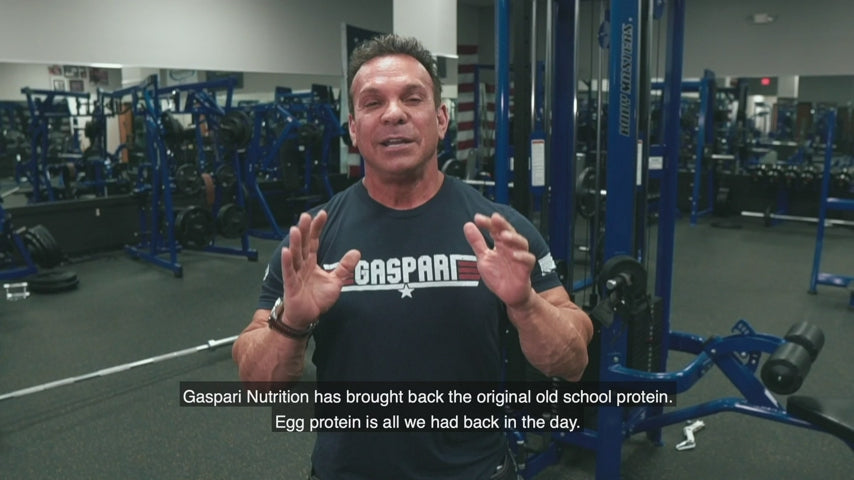


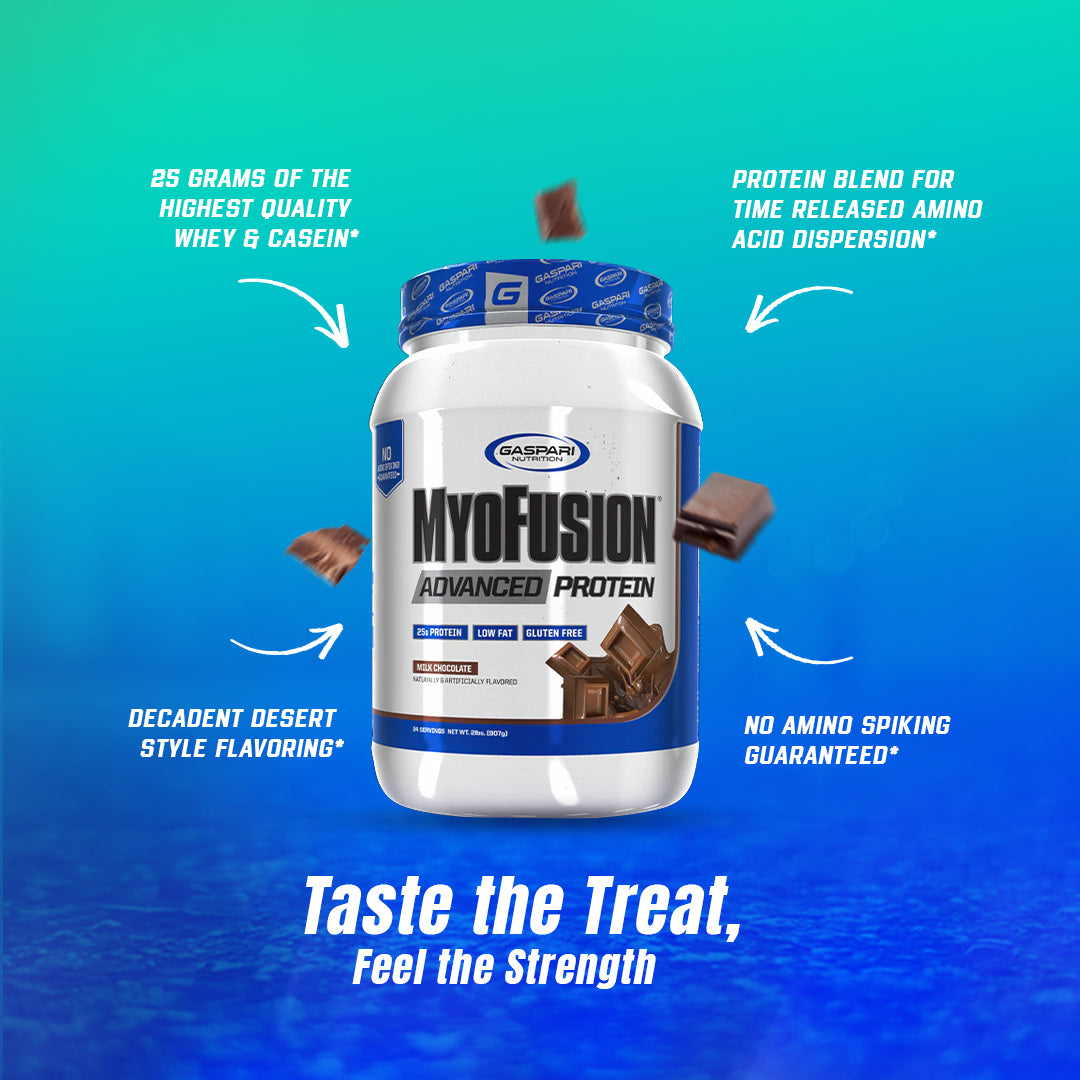

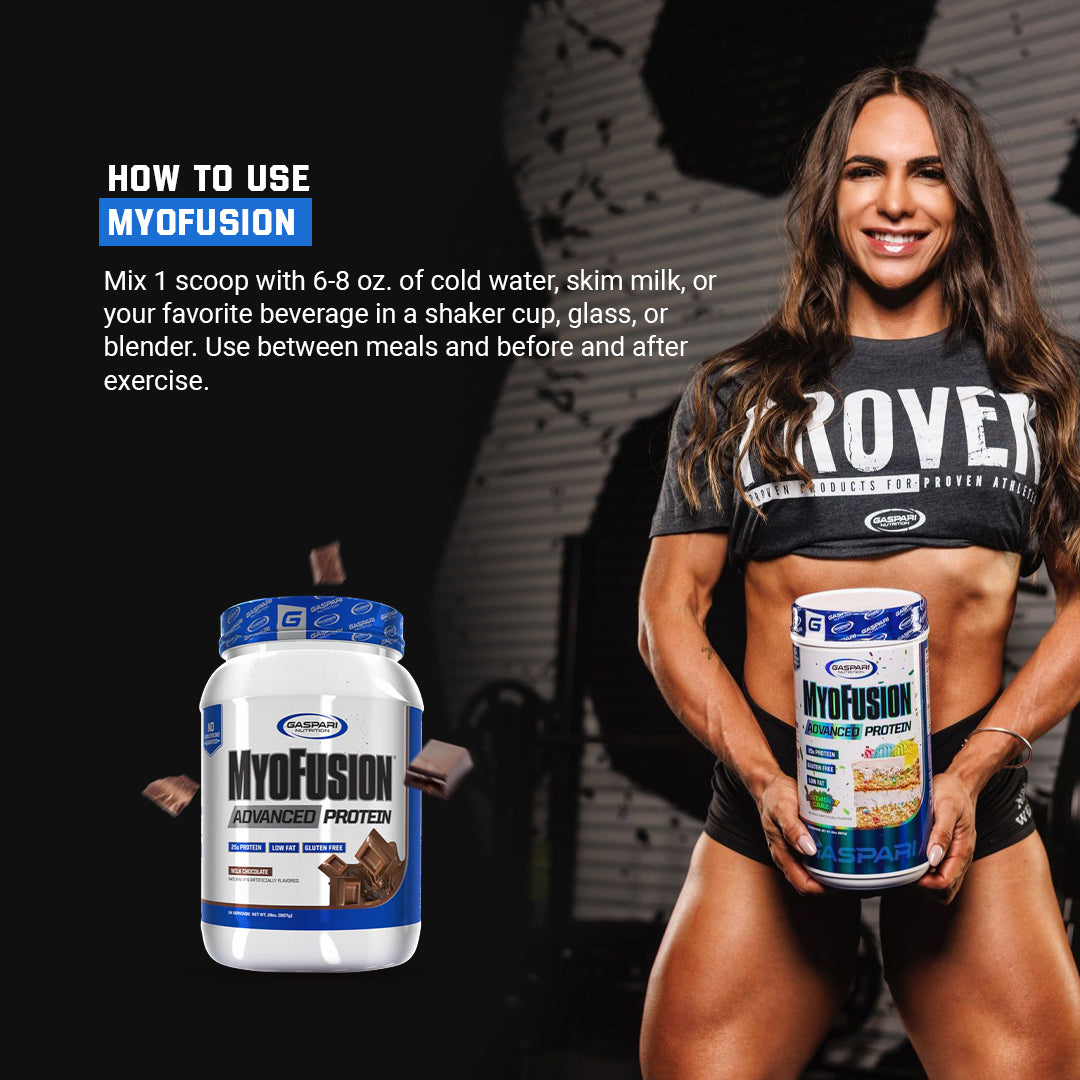








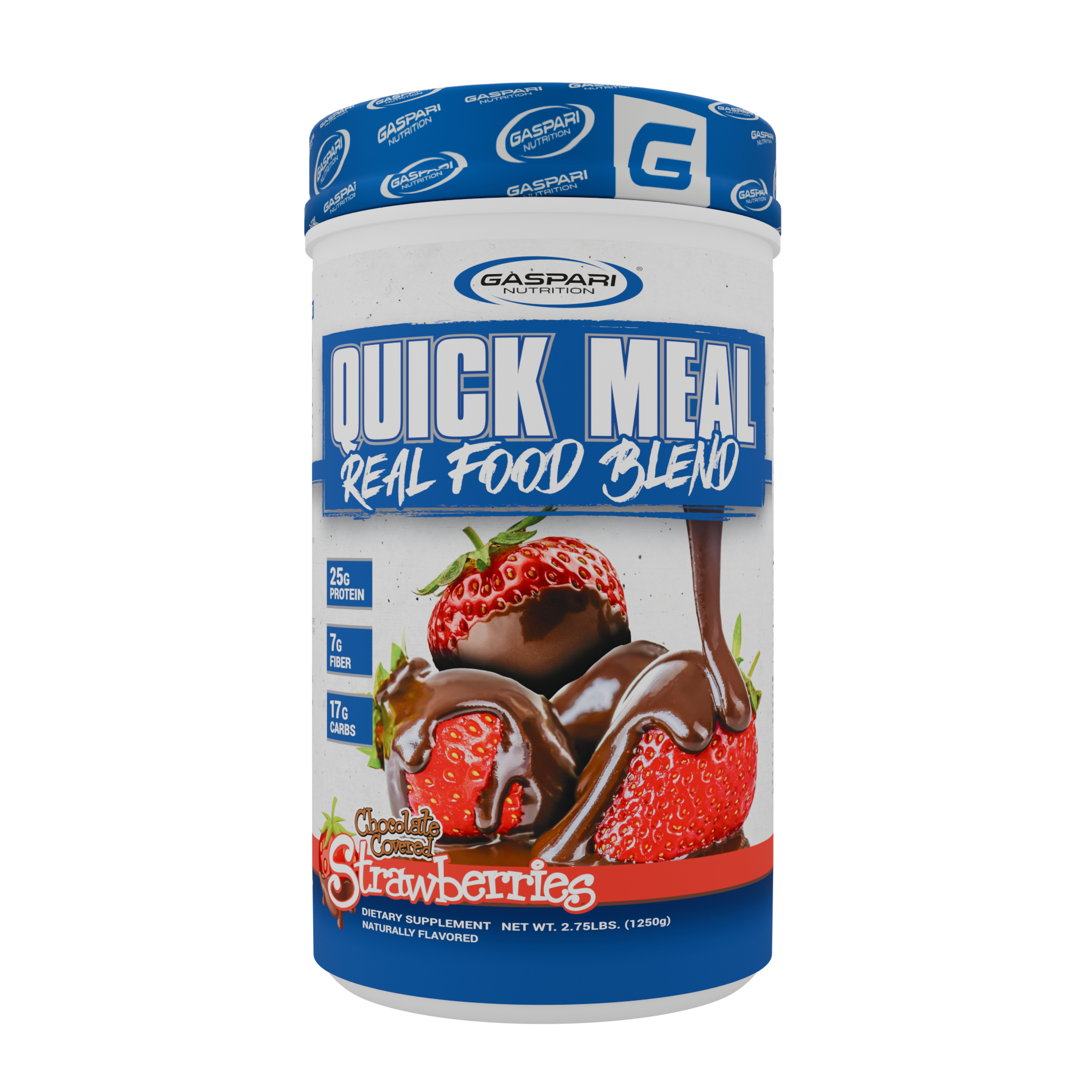
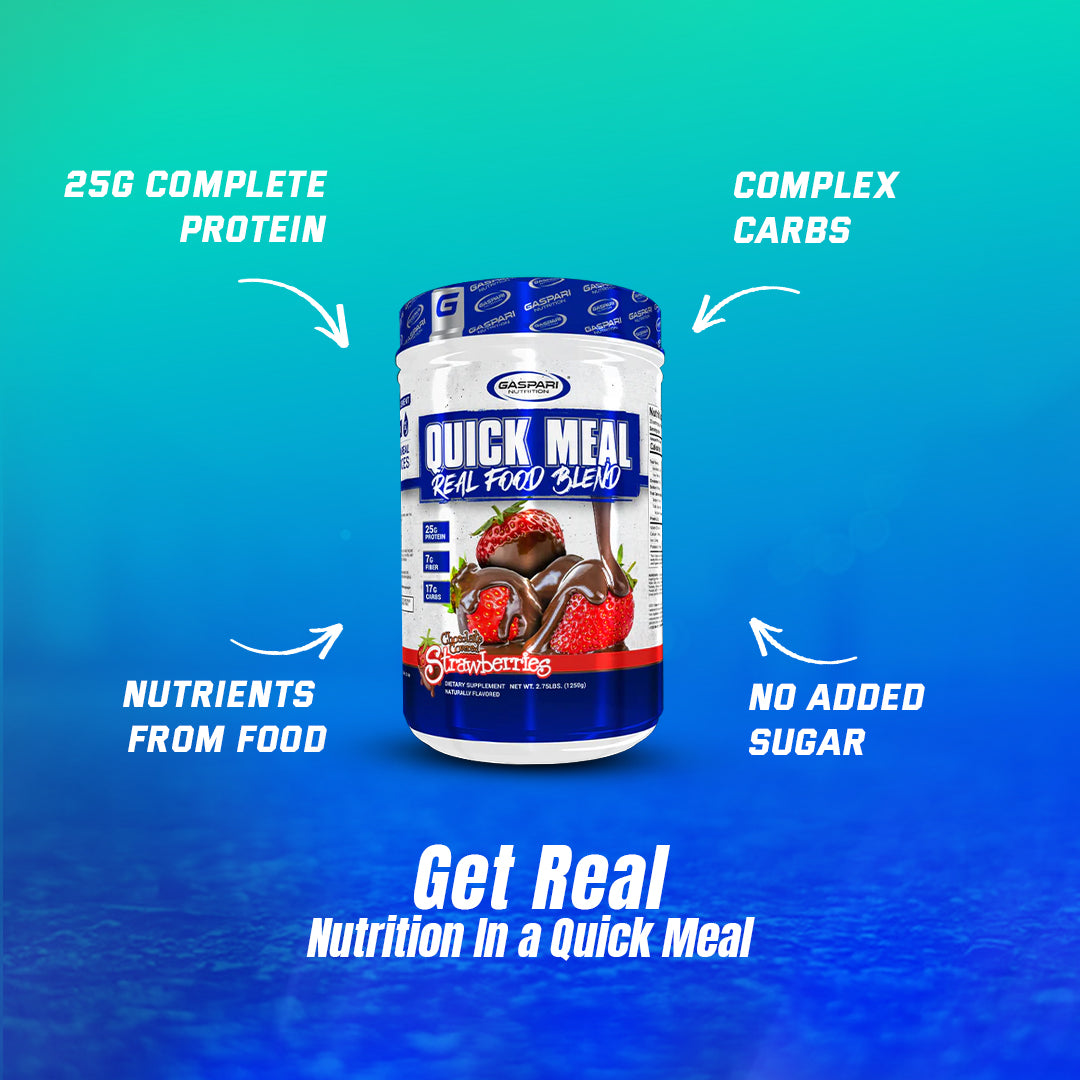

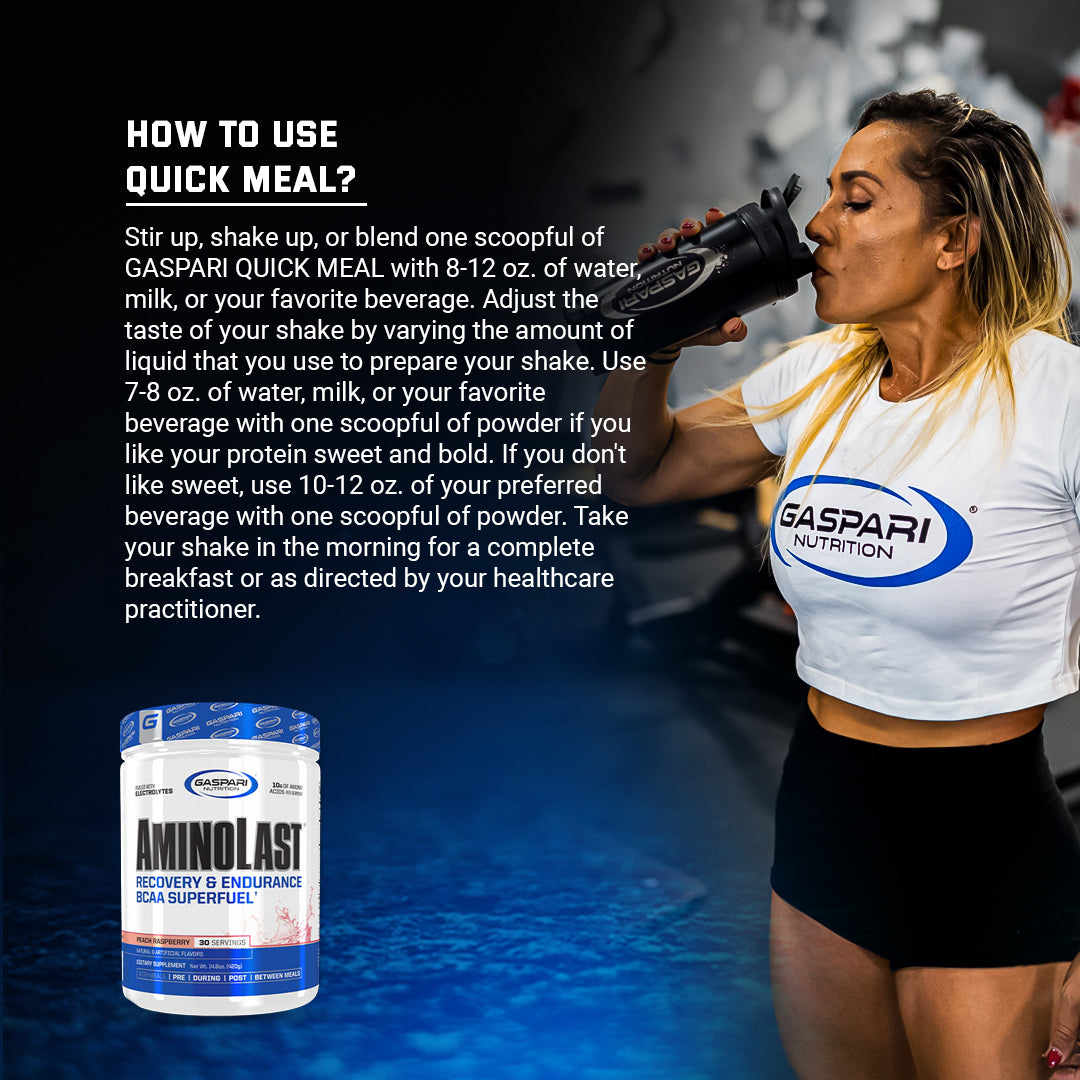




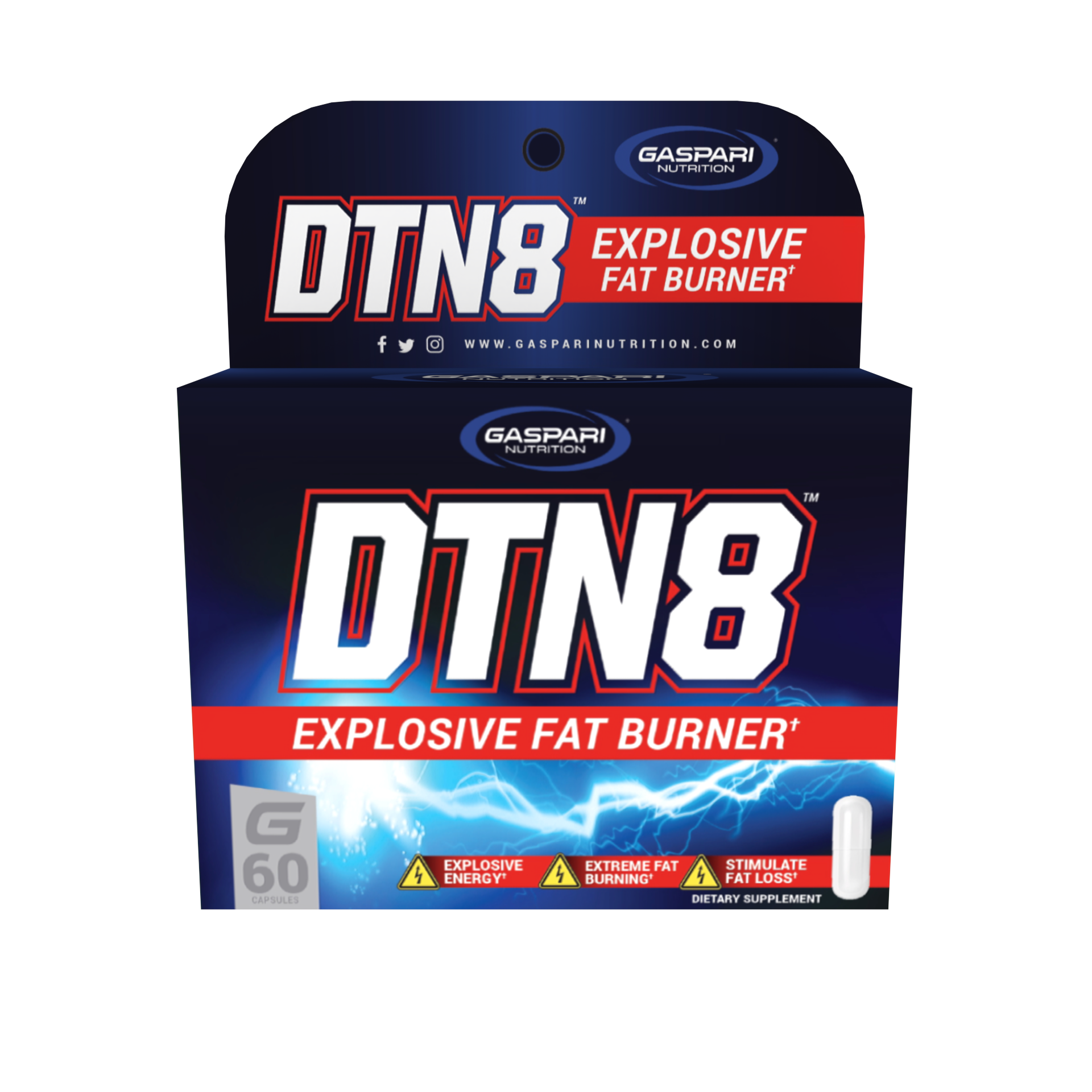

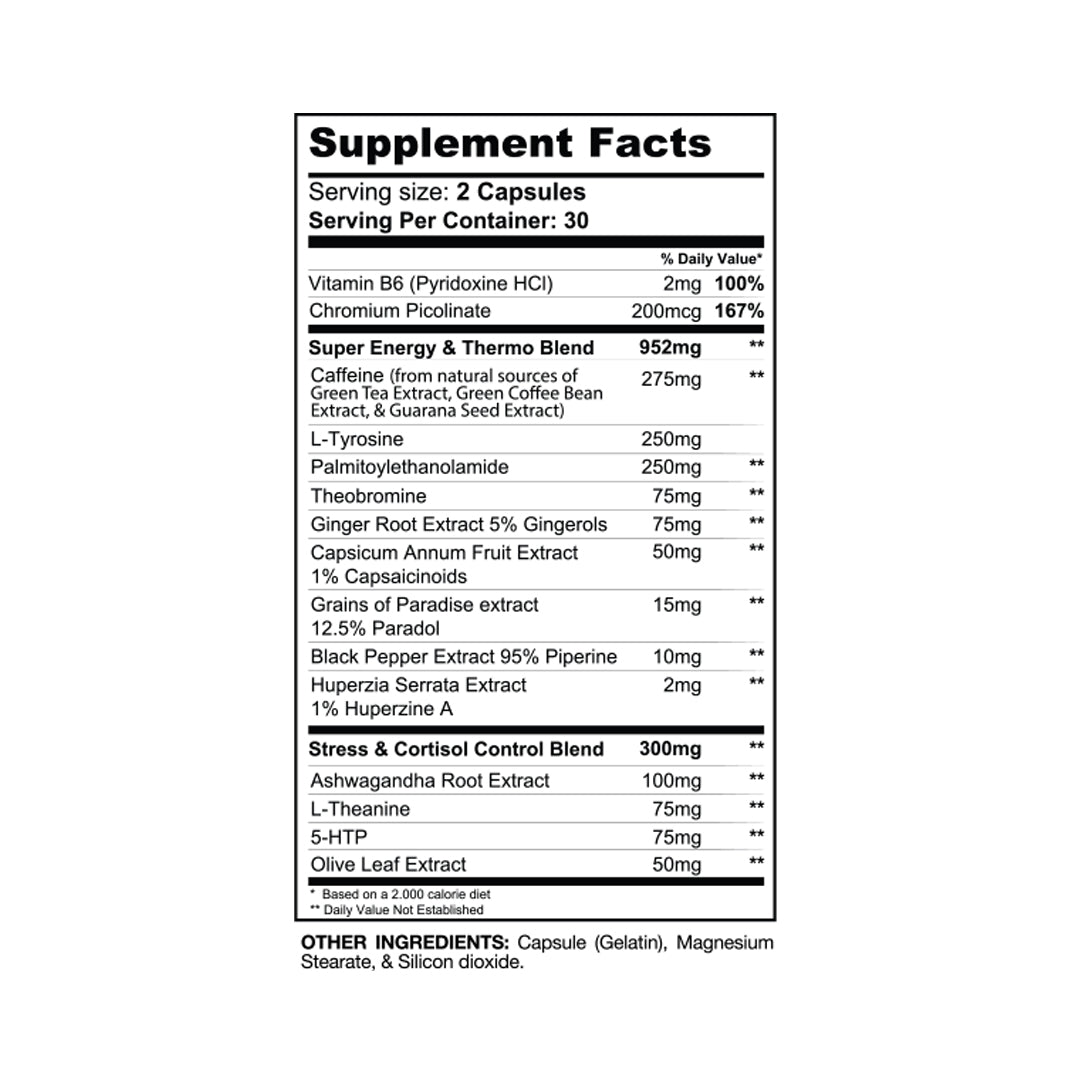
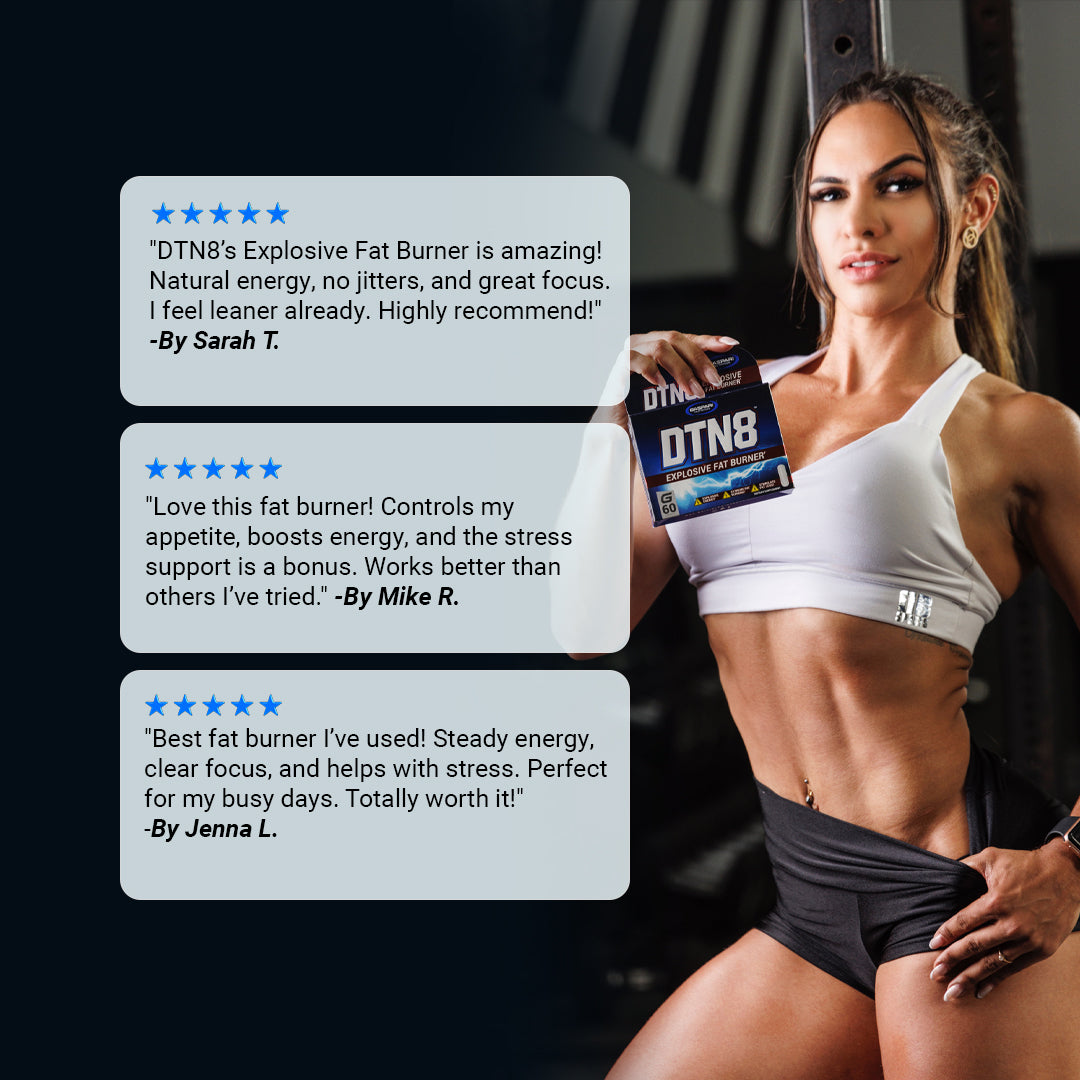


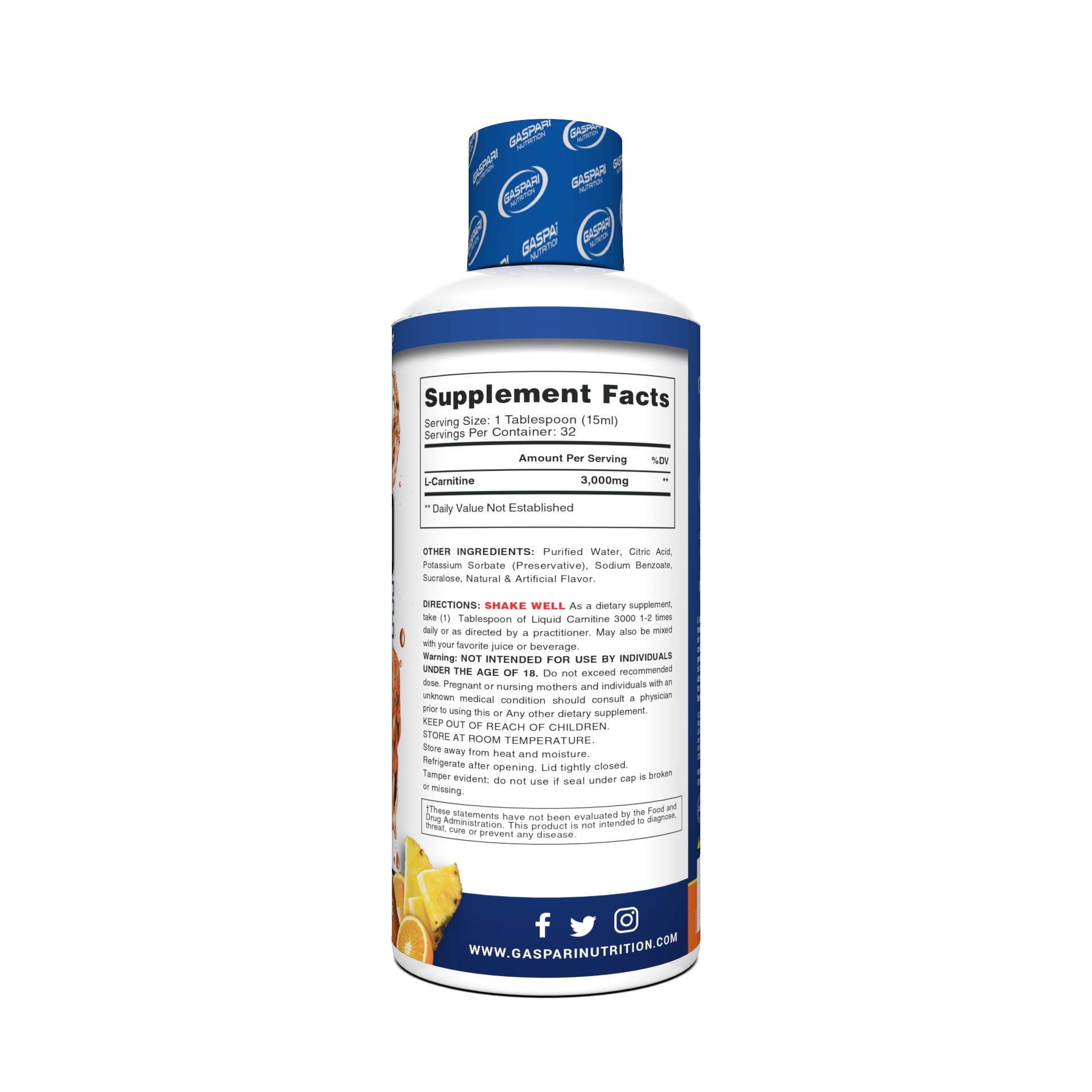

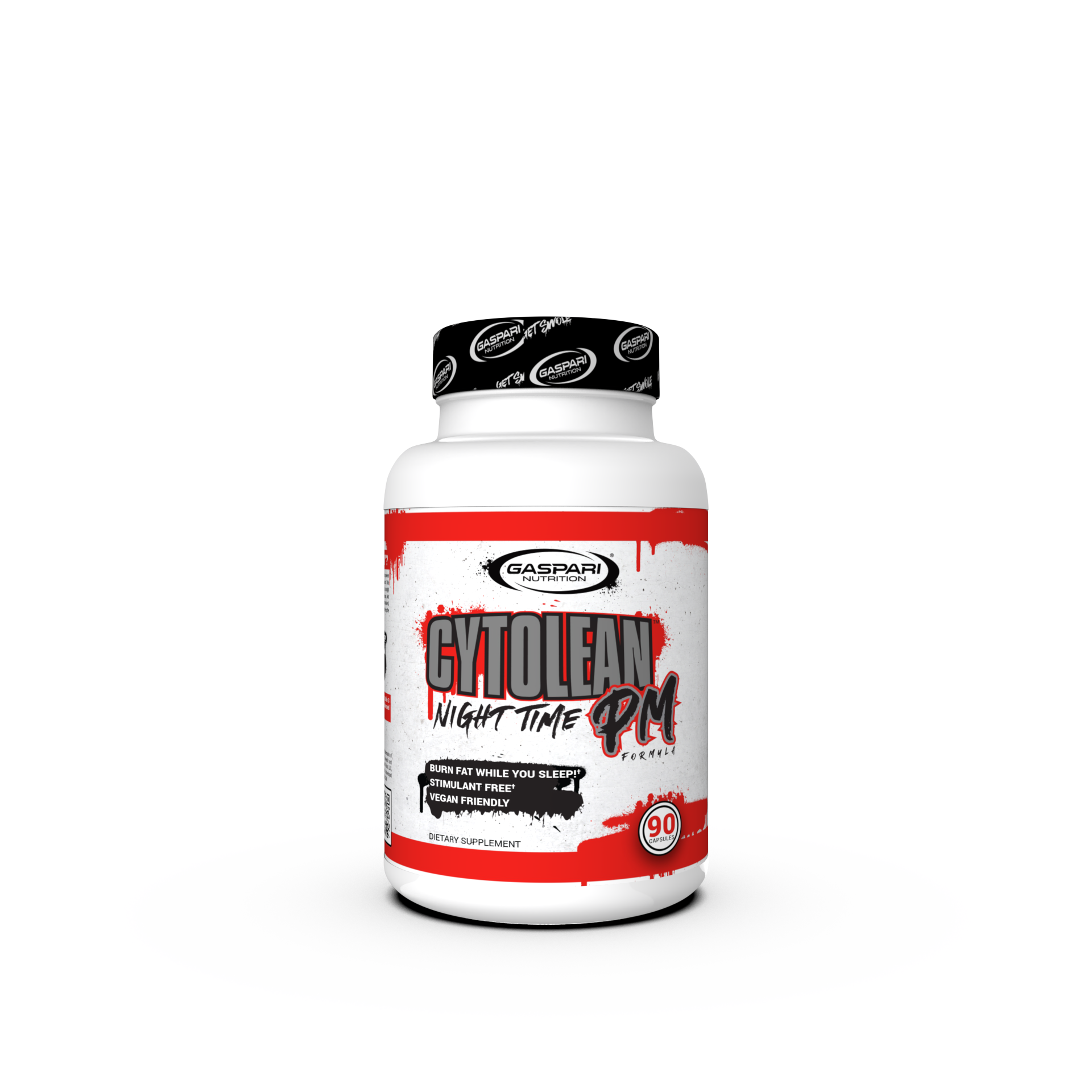



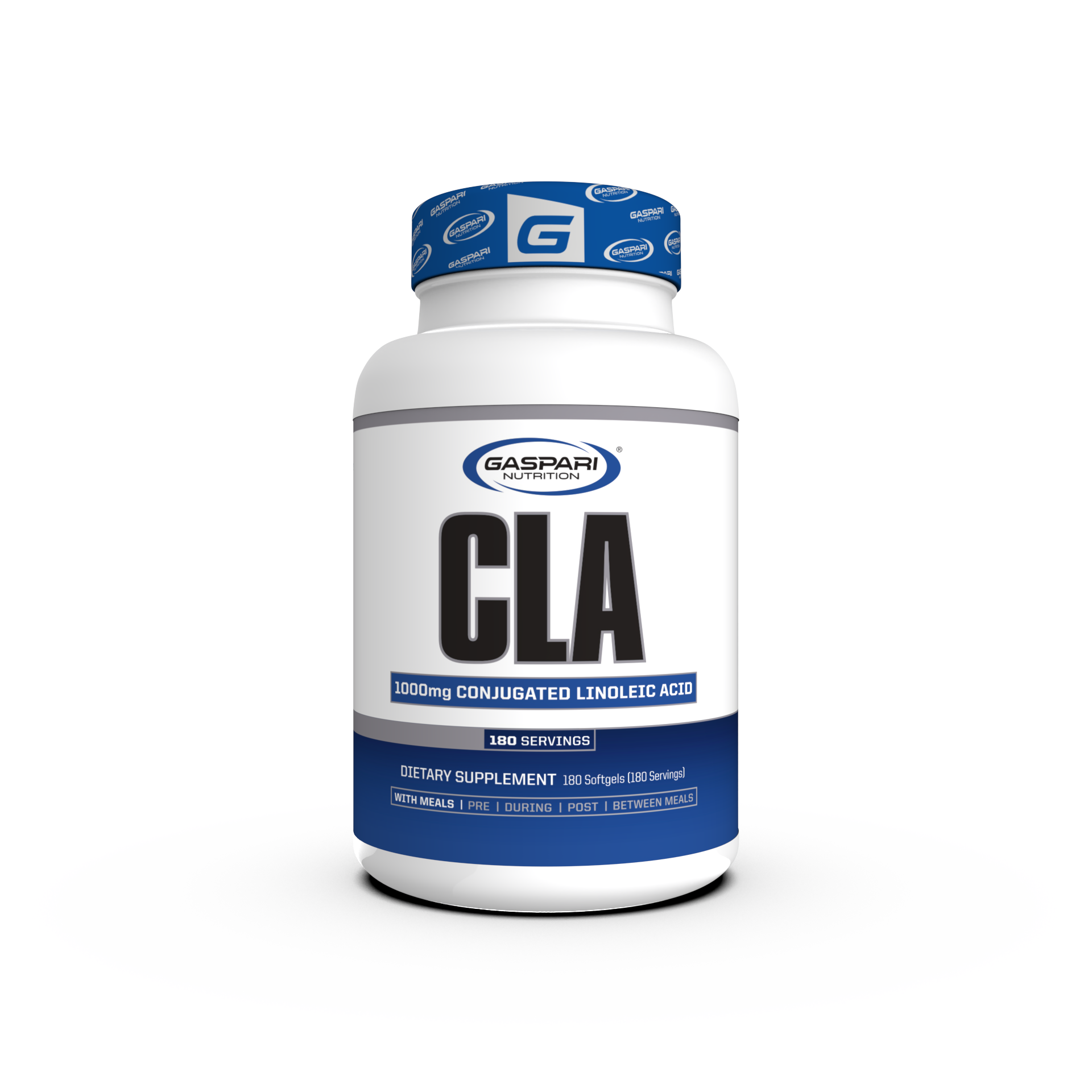
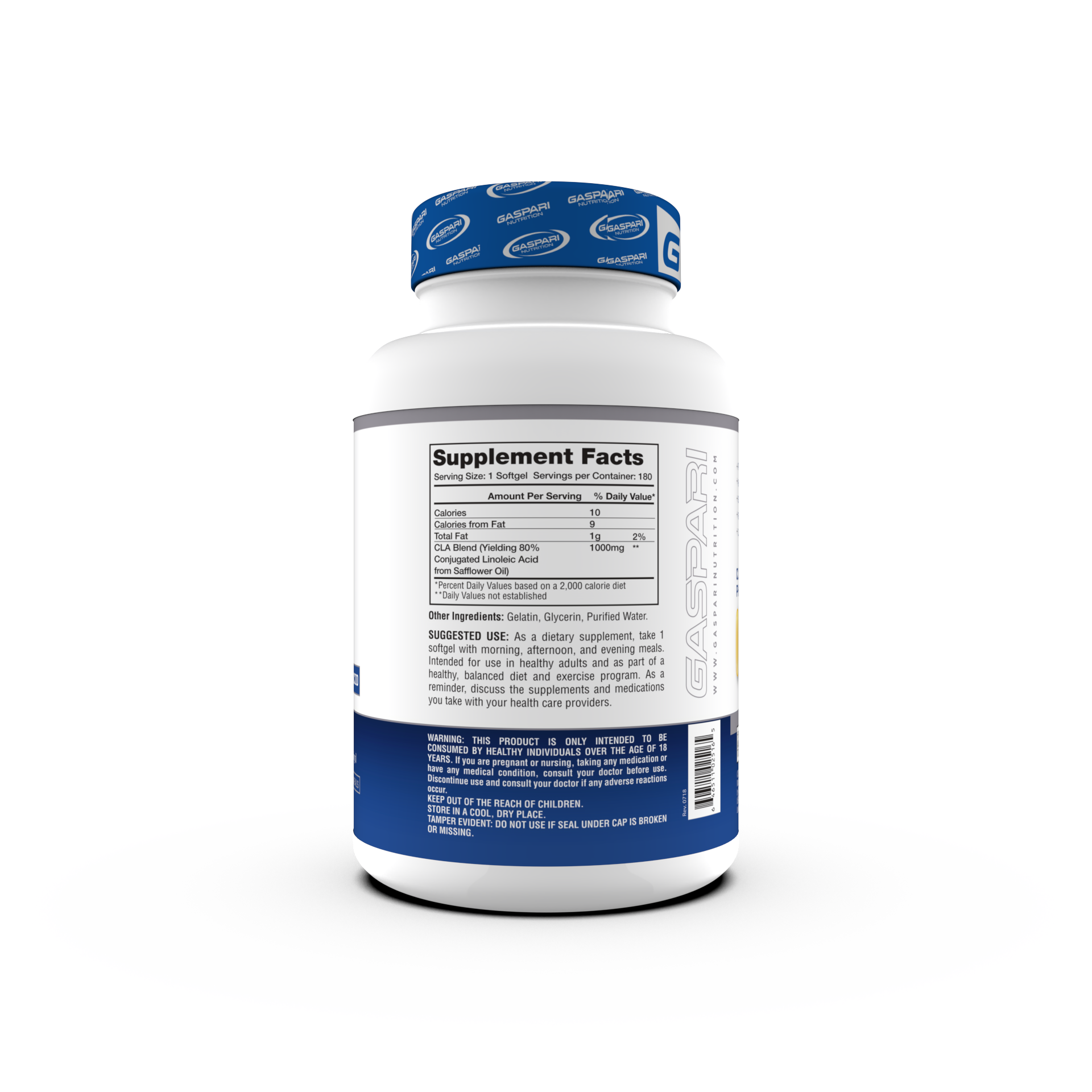


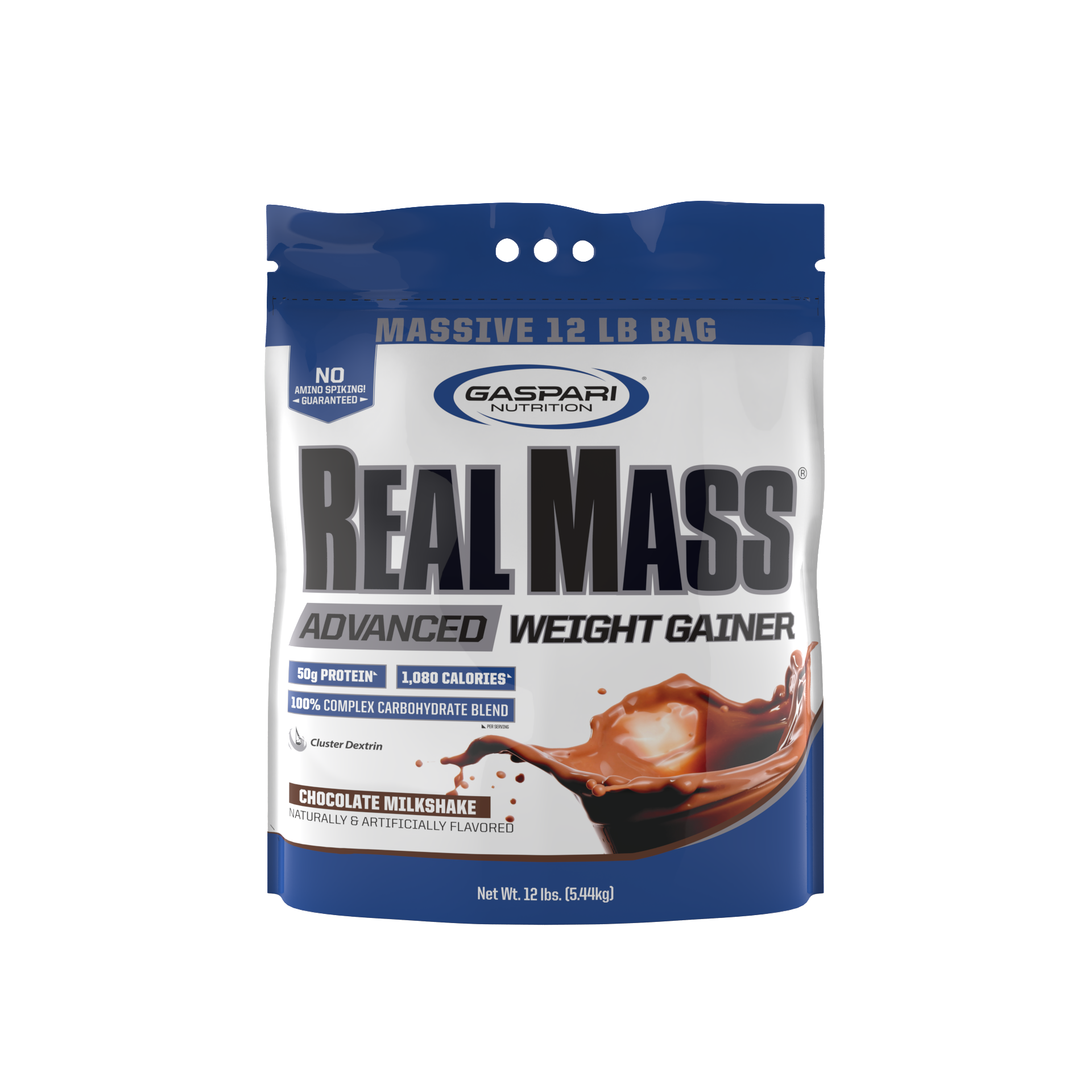
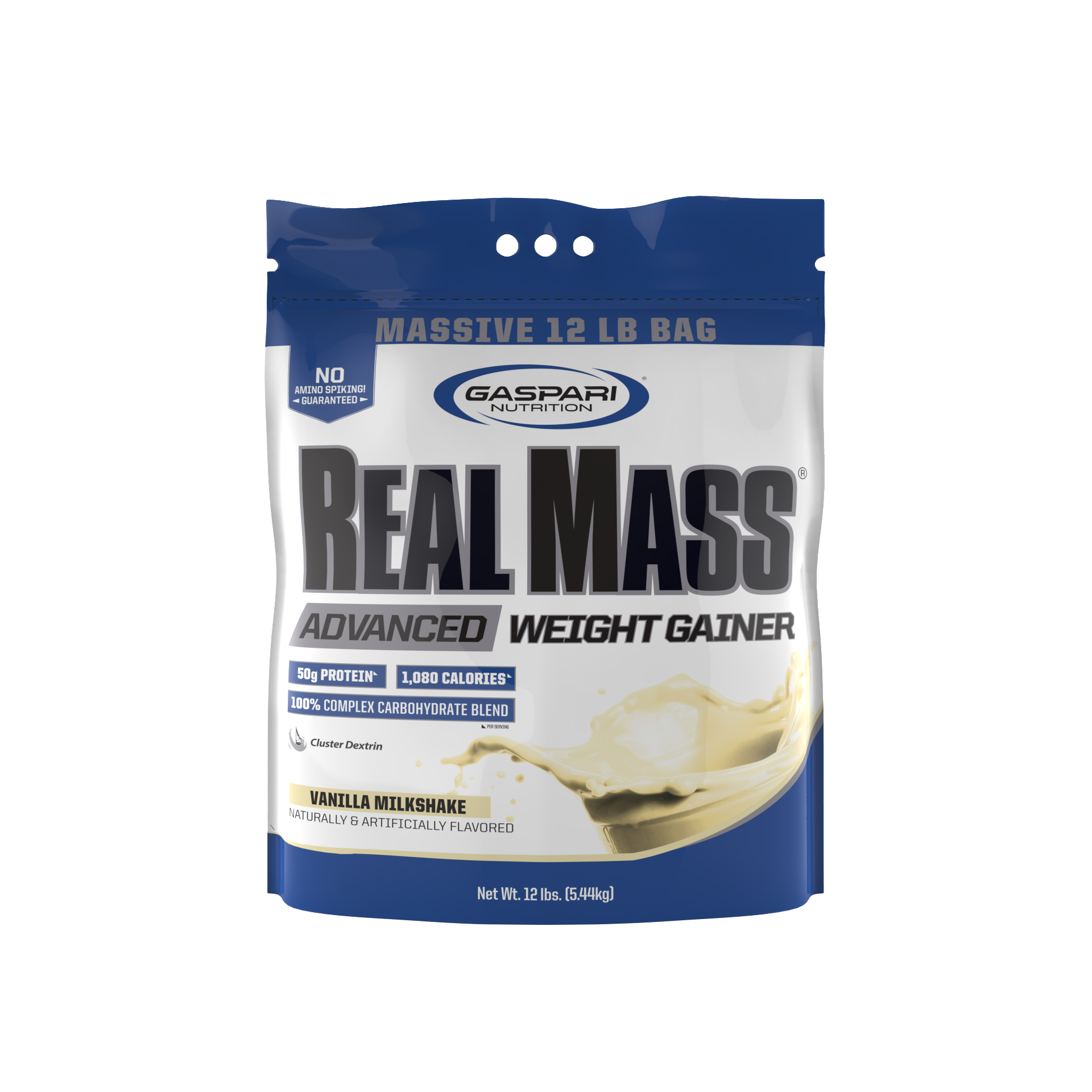


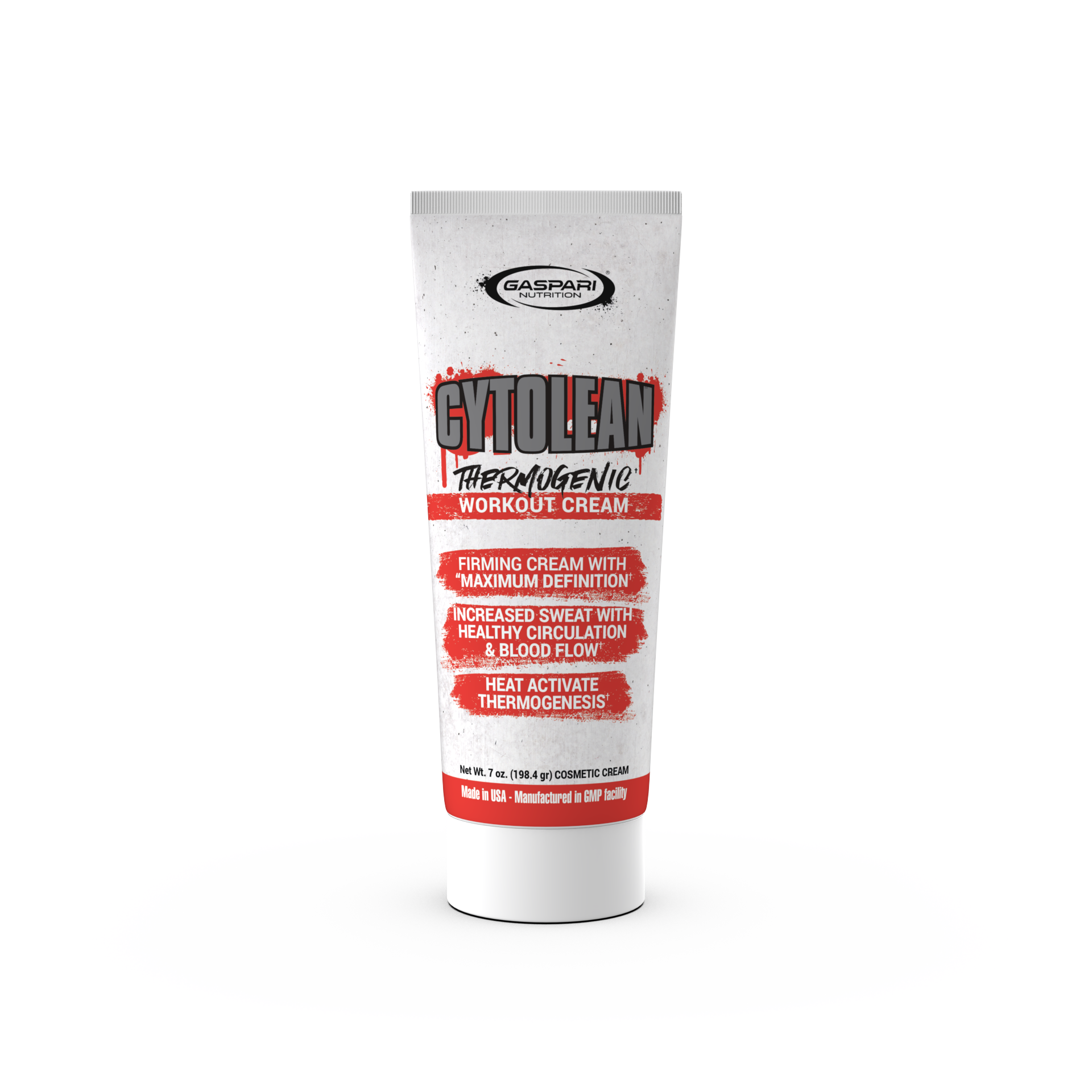
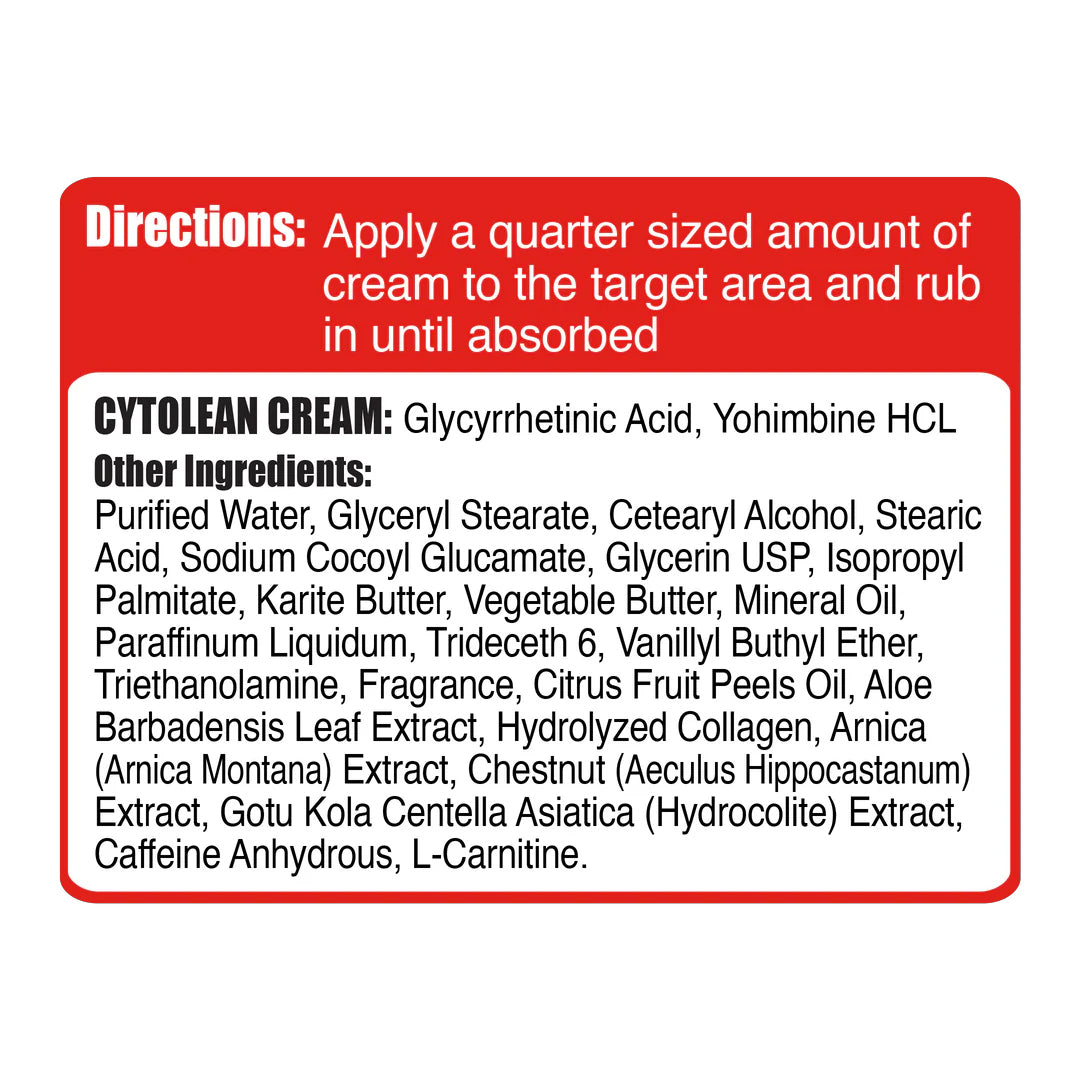







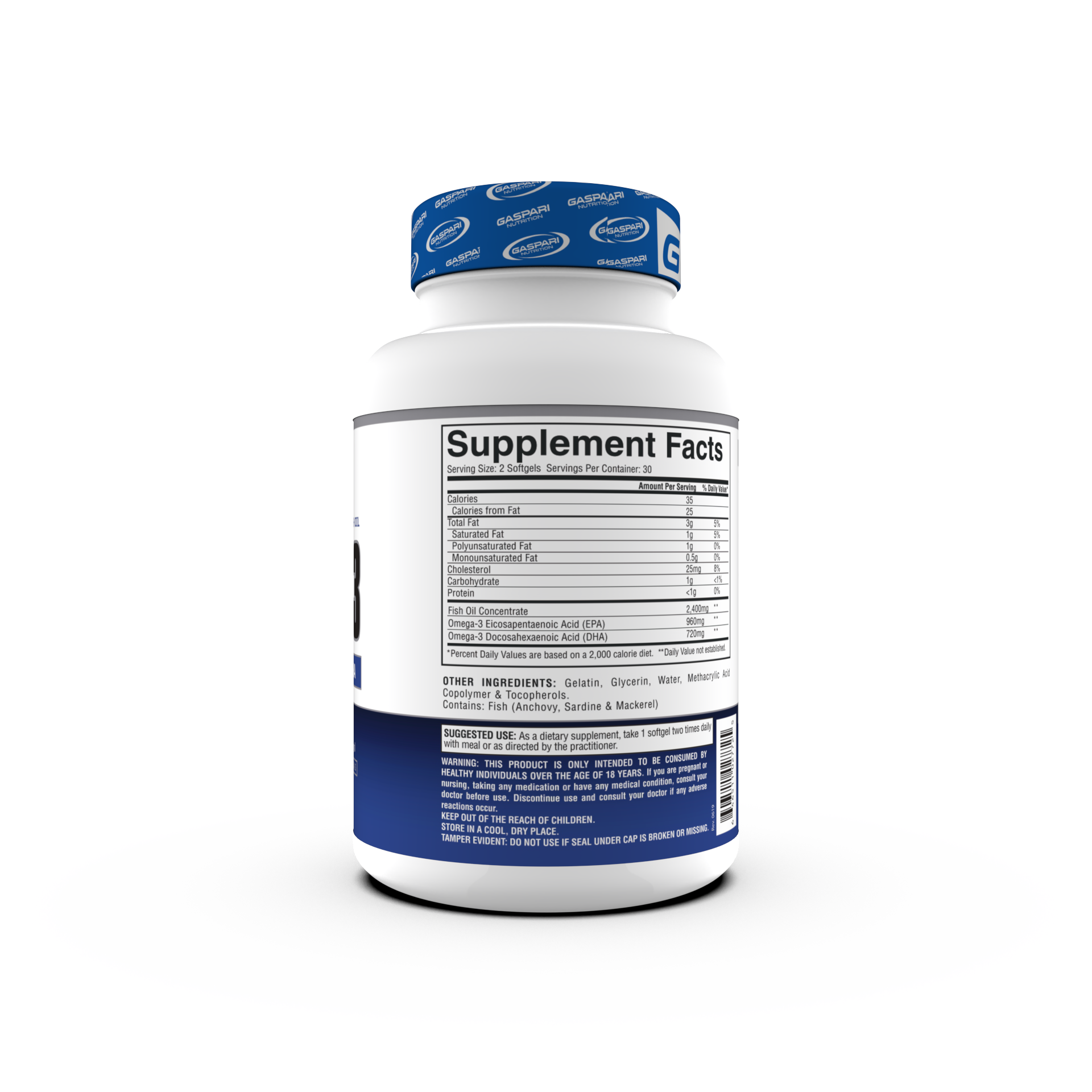
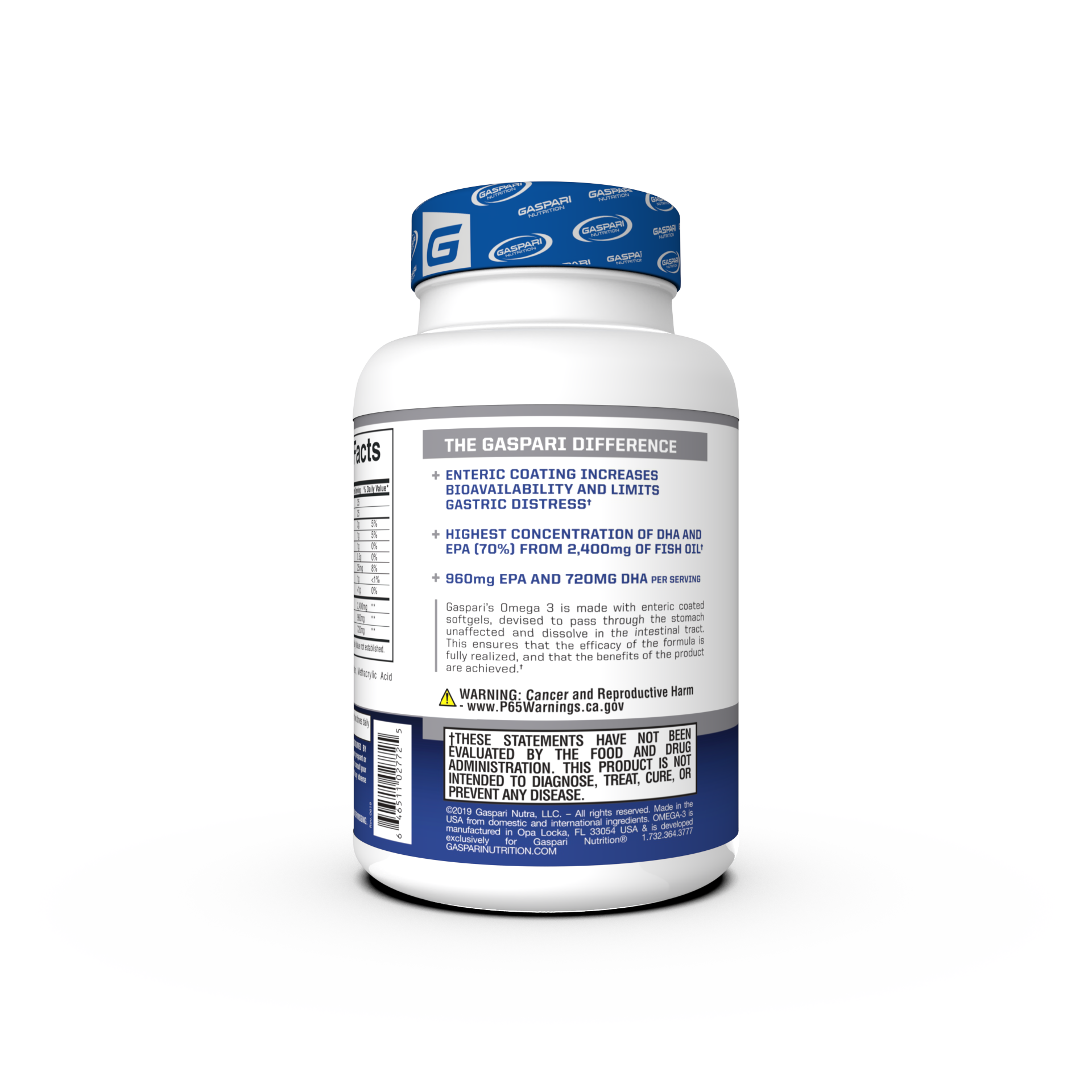

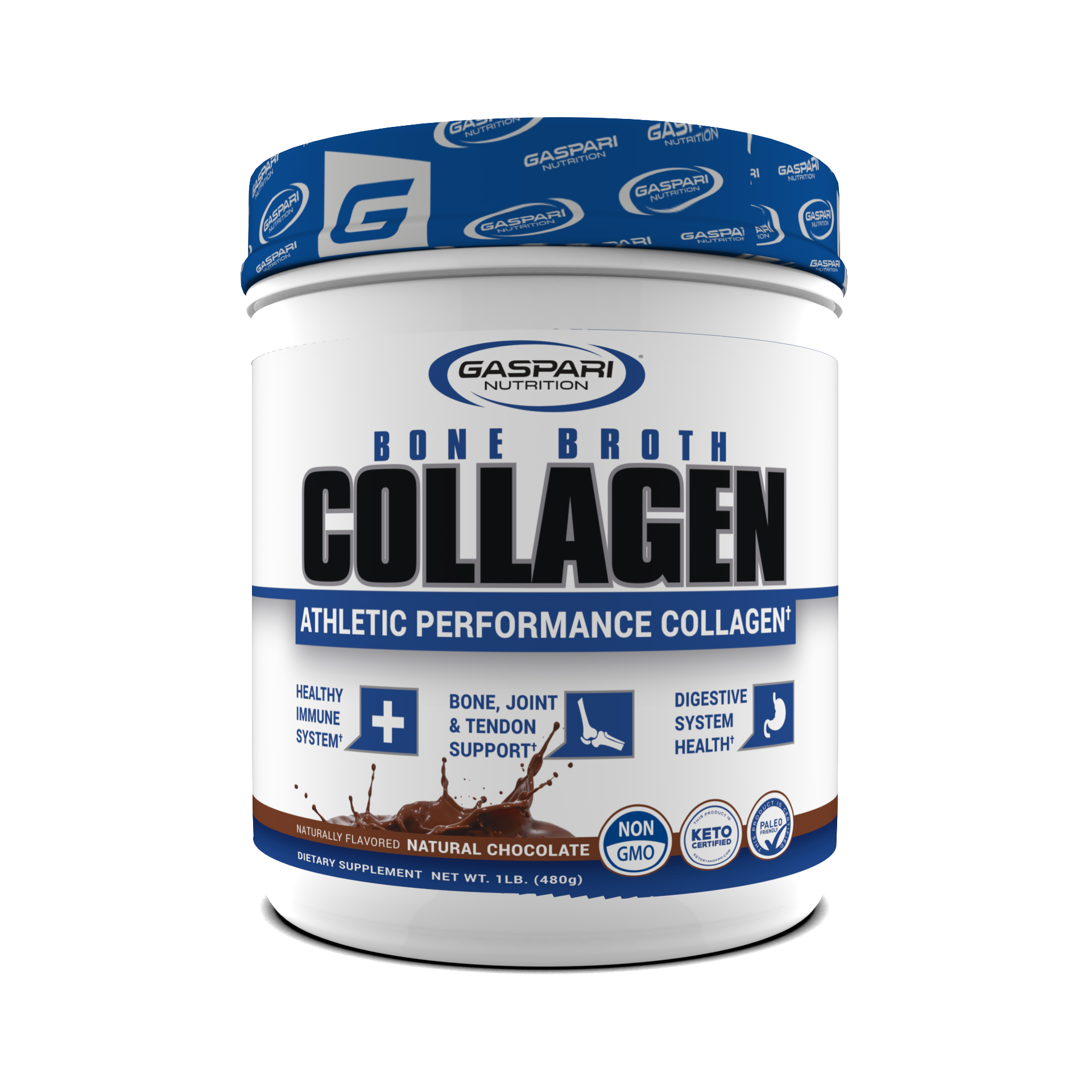
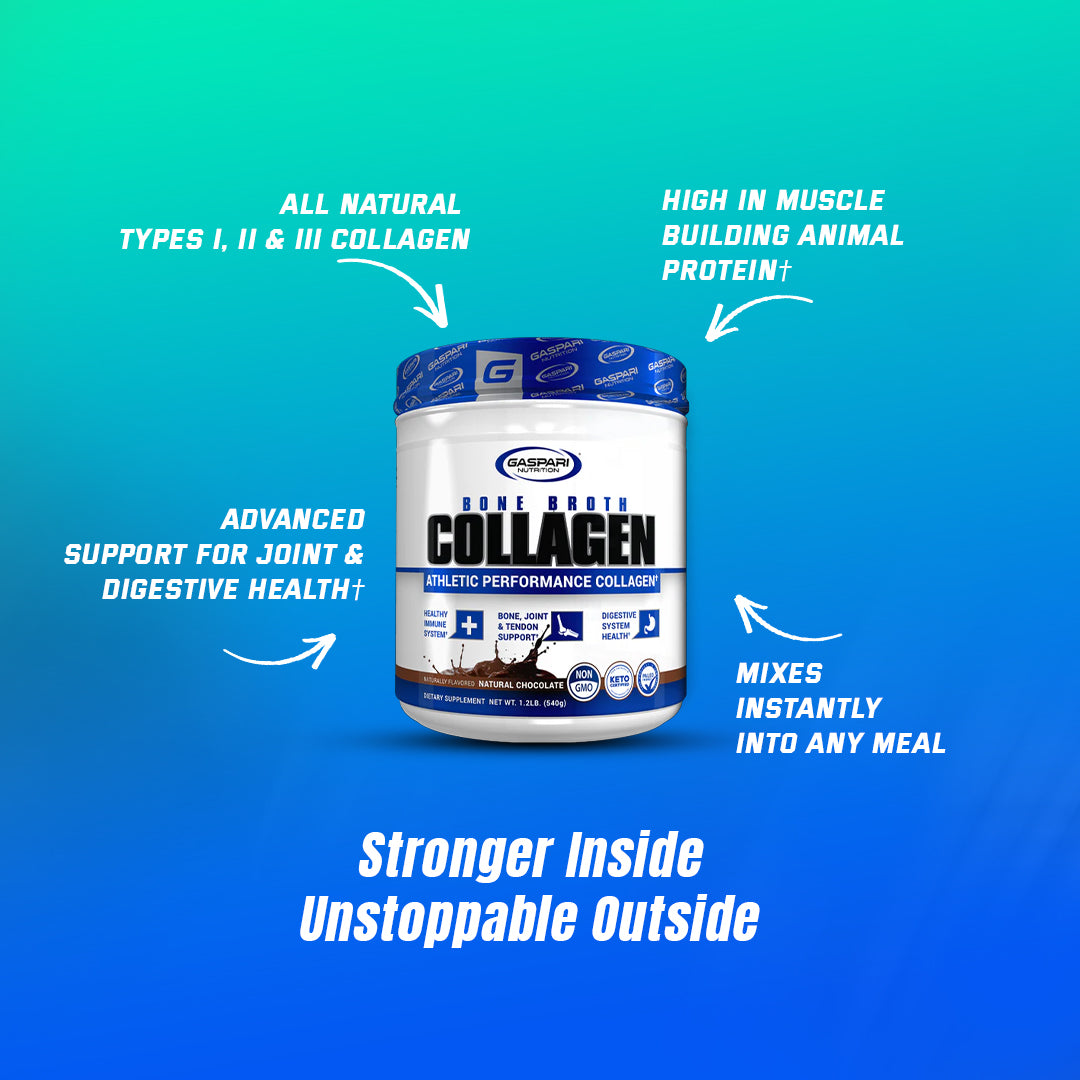

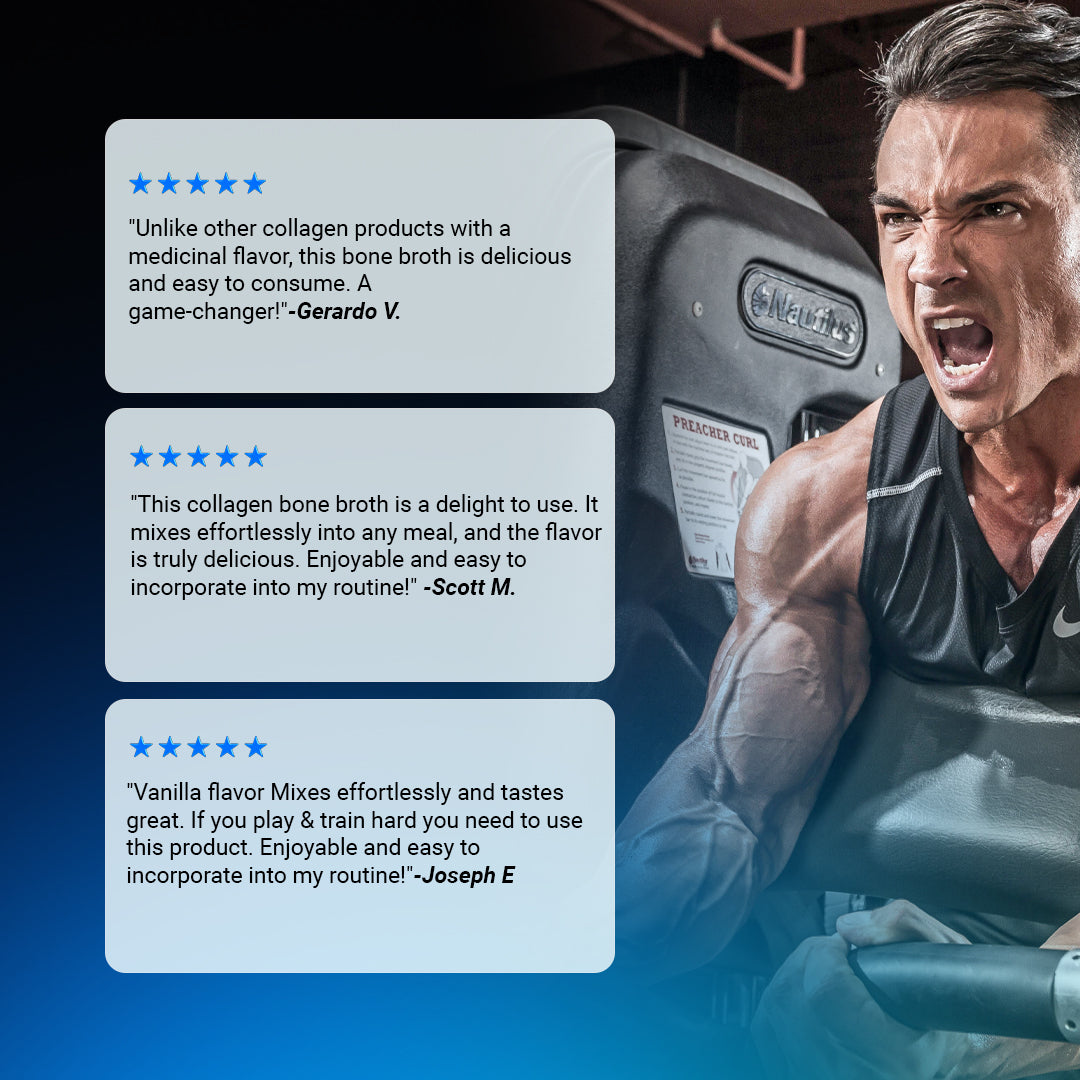


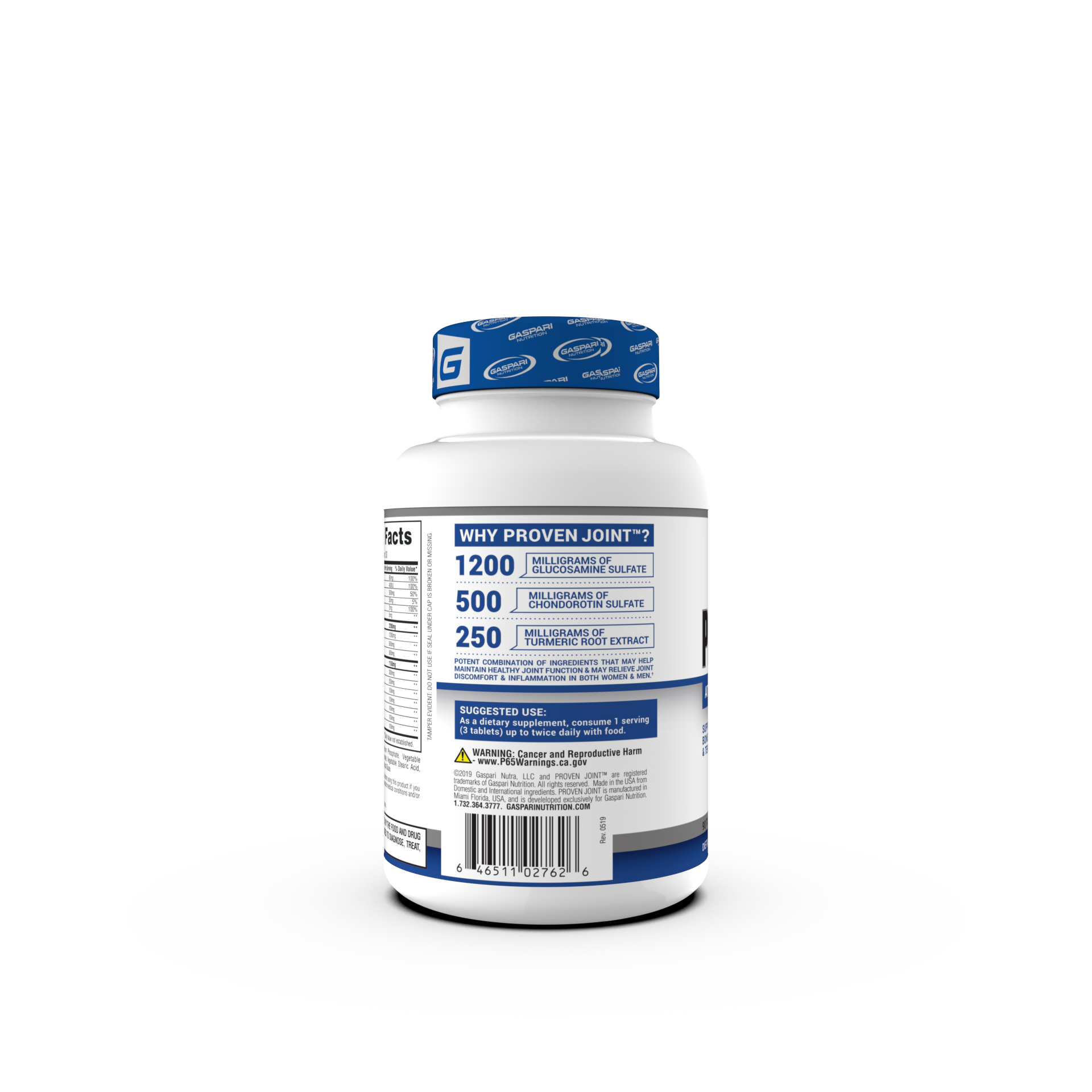



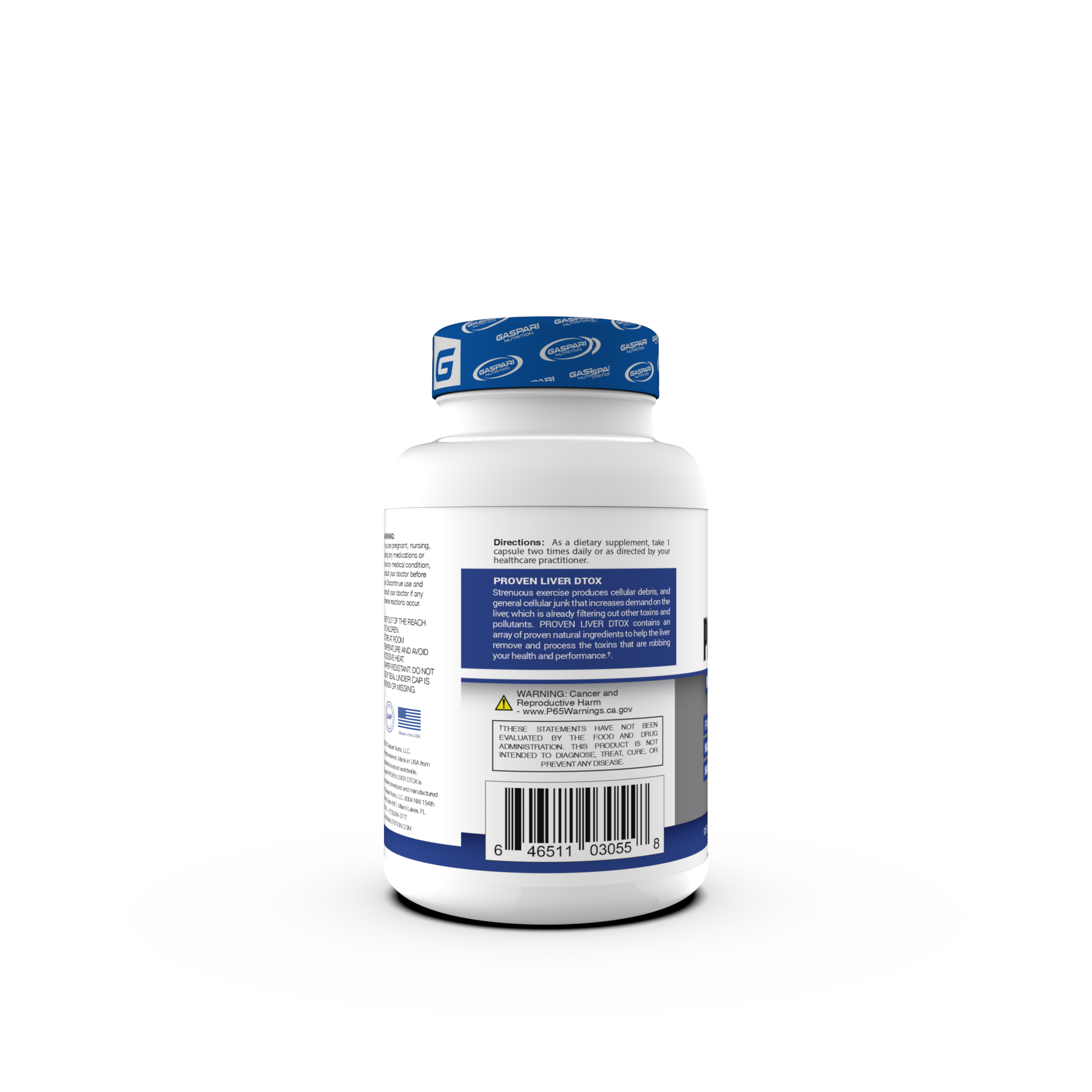

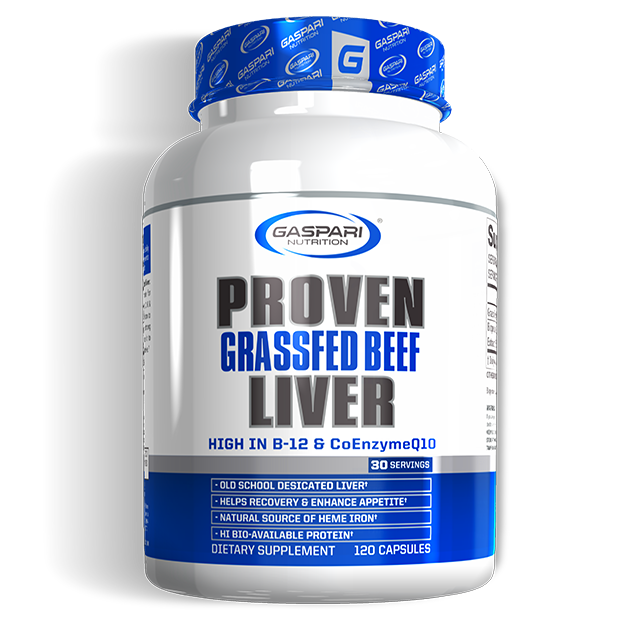





Share:
Hunt For Hardcore Episode 2
What Are Antioxidants?